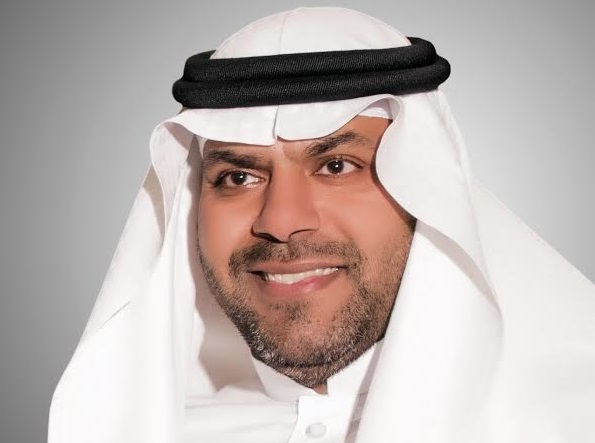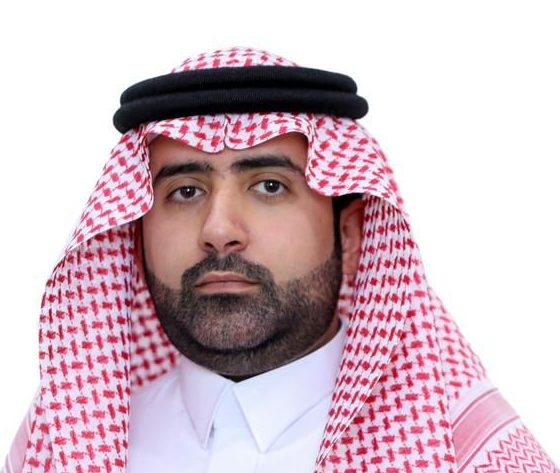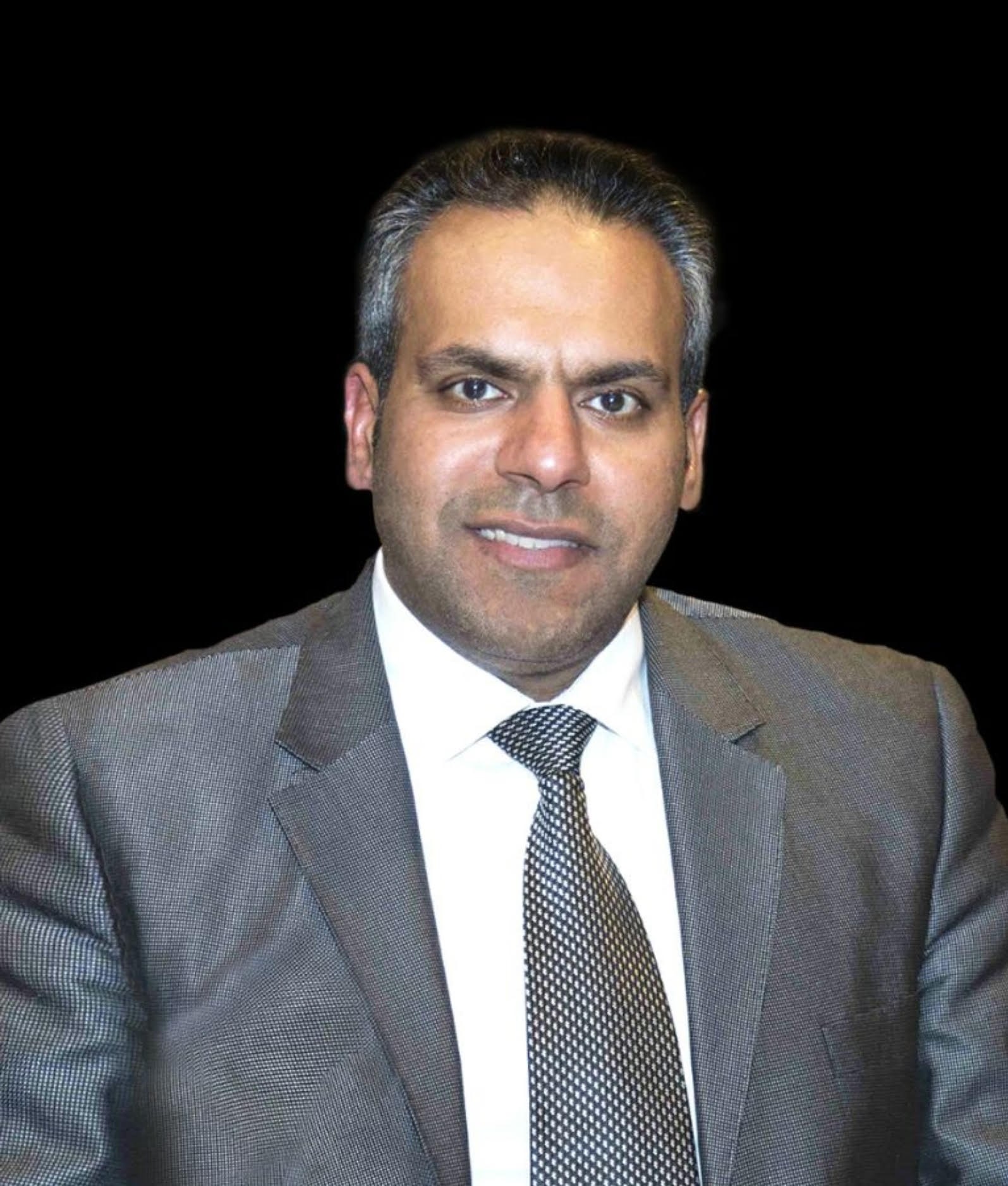© 2020 All rights reserved to Maaal Newspaper
Publisher: Maaal International Media Company
License: 465734
Does the White House want to take advantage of OPEC+ efforts?
Faisal Faeq*
@FAISALFAEQ
Oil prices approaching the $90 mark in the first month of the year gives an indication that three digits price isn’t far away with demand might be outpacing supplies sometime this year and the continued declining oil inventories.
The White House asked for more oil output hikes since OPEC+ producers have unanimously agreed to boost production by 400,000 barrels per day (bpd) on a monthly basis beginning from August 2021 onwards and stretching into 2022. The White House argues such gradual output hike isn’t enough during such a critical time in the global oil demand recovery. If the United States believes that the world’s economy needs more oil, then the production should come from home as it has the capability to go back to pre-pandemic levels.
The US Energy Information Administration (EIA) expect US production to average 11.8 million bpd in 2022 and to rise to 12.4 million bpd in 2023, which would be the highest annual average US crude oil production on record. The current record is 12.3 million bpd, set in 2019. Keeping in mind that EIA expects US consumption to slightly surpass 2019 levels to average 20.6 million bpd, led by higher gasoline consumption.
Despite higher US oil production outlook, the White House continued its calls for OPEC to do more to support the global economic recovery, after crude prices hit their highest levels in several years and unexpectedly surpassed the pre-pandemic levels.
Since July 2021, the White House was calling on OPEC and its allies producers OPEC+ to increase oil production in an effort to combat climbing gasoline prices in the United States, amid concerns that rising inflation could derail the economic recovery from Covid-19.
However, OPEC+ continued on the July 2021 agreed production strategy to gradually increase output by 400,000 bpd on monthly basis regardless of the White House frequent request, because it is based in a closely monitored market developments and procedures efforts keep the market balanced and the global economy stabilized, and this should be in lime with the White House calls.
In response to OPEC’s consistent output strategy, the US have challengy addressed new tools to respond to OPEC consistent output strategy, the US announced to release millions of barrels of crude from its strategic petroleum reserves (SPR) in coordination with major OECD consumers: China, Japan, India, and South Korea, who all made similar announcements.
Though some reports have suggested a total of around 60 million barrels of oil from major OECD economies that will hit the market and push down oil prices by the end of 2021, but oil prices drop by the end of November last year was amid huge futures sell-off not because of SPR releases impact on global oil markets. Brent price has briefly dropped below $70 mark and rebounded back close to the $90 mark in less than two months, which is a sharp price rise comparing to year 2021 relatively flat price fluctuations.
Obviously, the White House tools away from coordination with OPEC is short-handed after the SPR releases proved unimpressive and didn’t put any downward pressure on prices, especially when oil prices might approach the $90 mark soon.
Upon the first OPEC+ meeting of the year in early January, the White House was flirting with OPEC with a softening tone that differ from the previous challenging tone that had addressed tools that eventually appeared ineffective.
In early January, the White House welcomed the steady OPEC+ output strategy. However, as prices seemingly are approaching the $90 mark, and despite the fact that speculators have not yet returned to huge speculative activities after the huge sell-offs end of 2021. The question remains if strong speculation is back, then will we will see much higher prices levels as some financial institutes already suggested.
Though geopolitics impact in oil prices seems to be short-lived and the US earlier claim for using every tool at their disposal to address anti-competitive practices in US and global energy markets to ensure stable and reliable, the only reliable supplies come from OPEC producers, which should urge the White House to initiate a form of collaboration that might work well with OPEC rather than the any challenging or a softening tone, as the world is in massive need for OPEC efforts now more than ever.
There are some important questions:
* Will “OPEC” welcome cooperation with the United States if requested?
* Does the White House want at this time to invest or take advantage of the efforts and successes of OPEC+?
* Is it too late for OPEC to welcome any calls for collaboration with the White House?
Energy Adviser (former OPEC and Saudi Aramco)*
لتحميل الملفات المرفق
فيصل-1.jpg
Related





